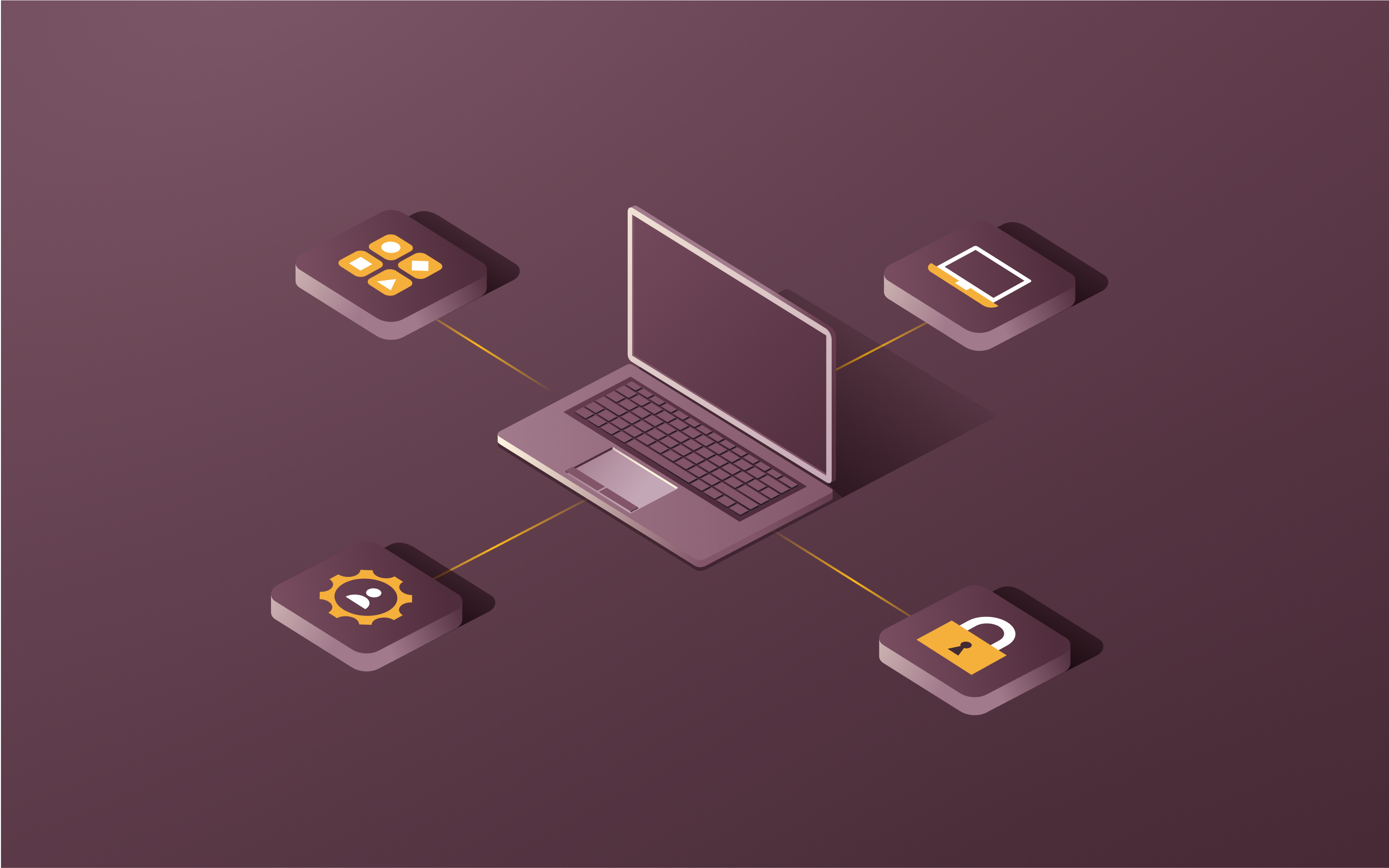How to solve your payroll woes: tips for switching to a better system

Many business owners feel like they just can’t quite get payroll right. They may be inclined to blame themselves when, really, it’s the inefficiency and legacy payroll systems, and their inability to integrate easily with other systems, that have failed business owners for a long time. And many of the simpler, more modern systems lack the features that support your business as it grows.
So what exactly should business owners look for in a modern payroll system? Our newest guide to switching payroll systems spells out the why, what, and when. Here’s a preview of some of our top tips.
The six main benefits of a modern payroll system
1. Automatically updates payroll when employee changes happen
Modern payroll systems ought to integrate with your other HR tools and systems of record, so that employee information is accurate and up-to-date. When this process isn’t automated, it’s left up to busy business owners or their employees to manually manage, which can lead to missing information and critical errors, like valued employees not receiving their correct pay (and potentially significant tax liabilities).
2. Proactively surfaces discrepancies in pay runs
You’re only human, so you likely won’t be able to remember whether there was a discrepancy between one pay run and another. A modern payroll system does the work of comparing pay run data and will alert you when there’s a potential error that needs confirmation or correction.
3. Builds any kind of report you can imagine
Today, you’re likely spending countless hours fiddling with finicky spreadsheets. A good payroll system should provide you with the means to create any kind of report that you want, so you can focus on analyzing the data and improving your business.
4. Tracks and analyzes your labor costs with job codes
Companies use job codes to track the cost (time and money) of employee labor, by location, client and project. Many legacy payroll systems have custom job codes, while others don’t allow you to customize job codes at all, which hinders your options. Rather than be trapped between two less-than-ideal solutions, model payroll systems allow you to customize job codes so you can more accurately estimate labor costs.
5. Integrates with your general ledger
The general ledger—or the GL, as it’s often called—is the bedrock of all your bookkeeping. As such, it’s critical that this document can be integrated seamlessly with your payroll system. Though many of the largest payroll vendors today claim that their platforms seamlessly integrate your general ledger with your payroll system, this often happens via a clunky CSV template import/export (essentially, an entirely manual and inefficient process). You’re going to want a payroll system that can truly integrate with and pull data from other systems, without a manual upload.
6. Automates complex tax filings for multi-state workers
State tax penalties are never a fun surprise. Avoid them by investing in a payroll system that is able to flexibly and accurately withhold the correct amount of taxes from employee paychecks. This is especially important if your business employs people who regularly need to work across state lines.
And that’s just the tip of the top tips iceberg. For more on the fundamentals of modern payroll systems, check out our new guide. And remember: You don’t have to wait until the end of the year to switch systems! (We expand more on that in the guide, too.)




